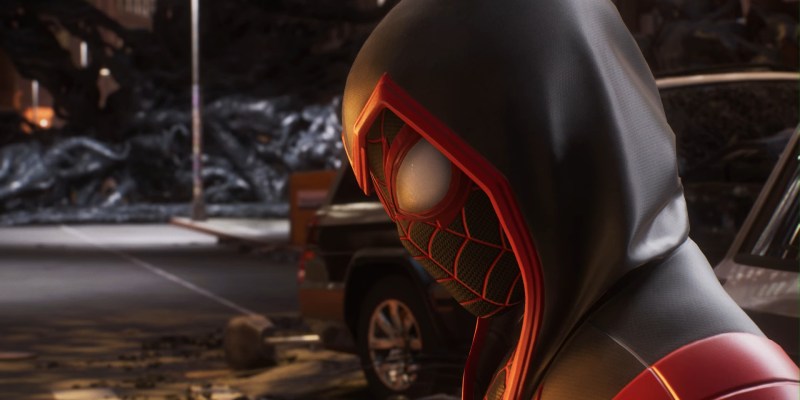Early in Marvel’s Spider-Man 2, you can do a side mission to help a woman who’s trying to find her grandfather. When you find him, he’s at a particular spot that was important to him and his late wife. He’ll tell you a story about how they met.
A few days after hitting 99% completion (I’d need to restart the game to get the last trophy I need), that’s the first moment that comes to mind when I think about Spider-Man 2. It’s not the big-ticket punch-ups with classic Spidey villains like Kraven, Sandman, or Venom; it’s the side missions where you, as either Peter or Miles, work in direct support of the people in the city around you.
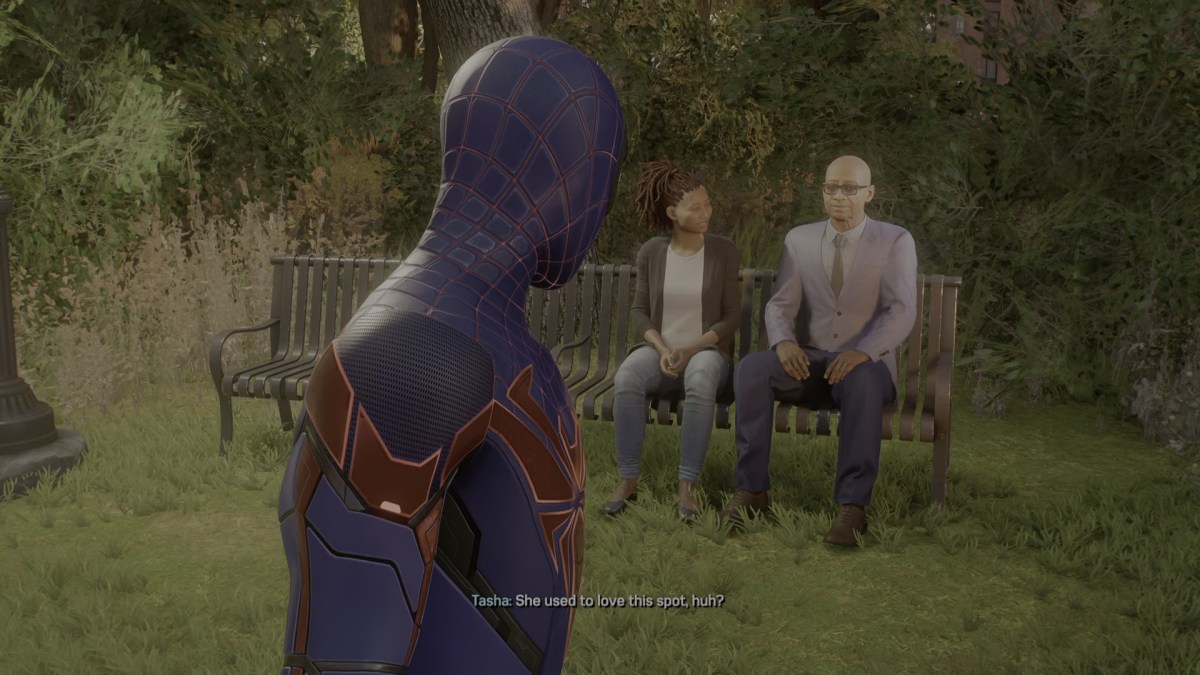
It’s an interesting side effect of what might be an over-correction by the creative team at Insomniac. Its first Spider-Man game has consistently drawn fire from fans and critics for being “copaganda” due to how often its Spider-Man works for or alongside New York’s police. It’s not weird for Spider-Man, in any media, to have a friend on the force (RIP Jean DeWolff), but in Spider-Man 2018, he’s essentially been deputized.
Now, in Spider-Man 2, the cops have largely abandoned Manhattan. They’re a background presence at best, with an occasional line of dialogue but no significant interactions with the player. Instead, many of your side activities come in through the Friendly Neighborhood Spider-Man app, a UI element that was introduced in 2020’s Spider-Man: Miles Morales.
Its users do report random crimes, like arson or assault, but many of the side missions in Spider-Man 2 feature little to no violence. You’re simply using the app as a way to donate your superhero skills pro bono to the citizens of New York in case someone needs a hand with some everyday problem. It’s easy to imagine someone using the FNSM app to get Spider-Man to help move a couch, which either of these Spider-Men would be happy to do.
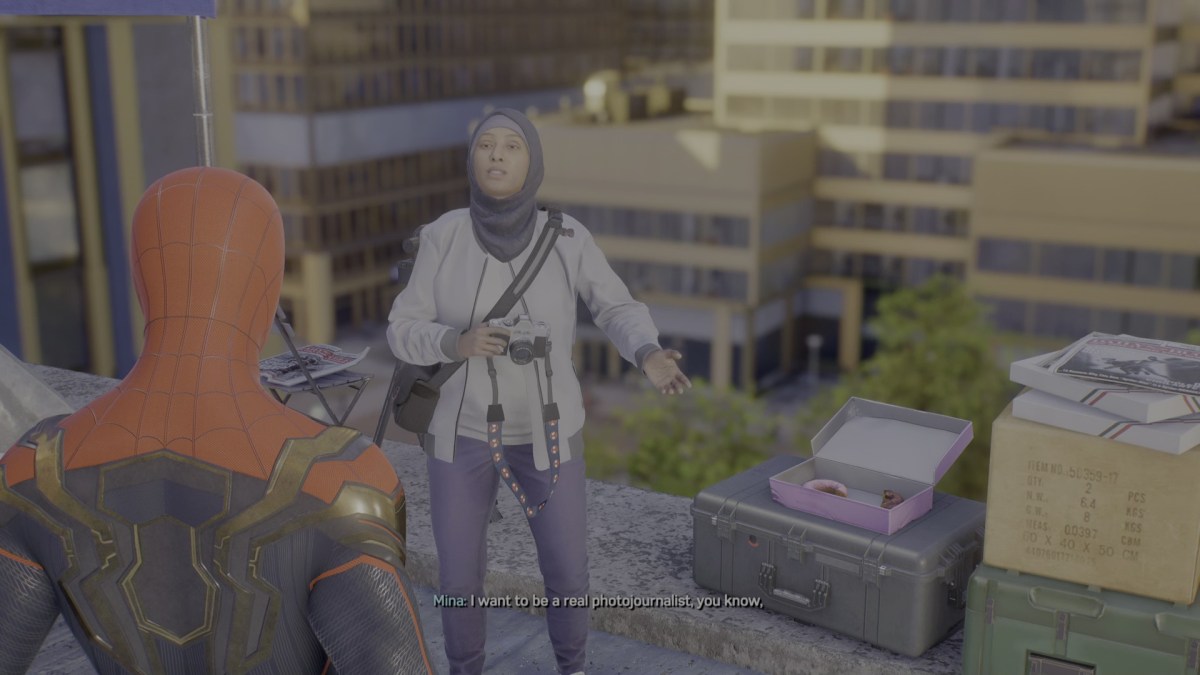
That sets up an interesting contrast between Spider-Man 2’s main story and its side missions. The story is full of all the high-octane action setpieces that you’d expect from an AAA superhero game, but the side missions are often more memorable, specifically because the stakes are so much lower. We’ve already seen Spider-Man engaged in running fistfights that wreck entire city blocks, either here, in the comics, or in any of his three recent film franchises. It’s rarer to see a superhero take an hour out of his afternoon to help a kid with her school project.
Related: Does Marvel’s Spider-Man 2 Have New Game+, Answered
This isn’t to say that I wish the whole game was Spider-Man helping old ladies cross the street, but it does set up Insomniac to effectively ask and answer some big questions about the modern state of the genre.
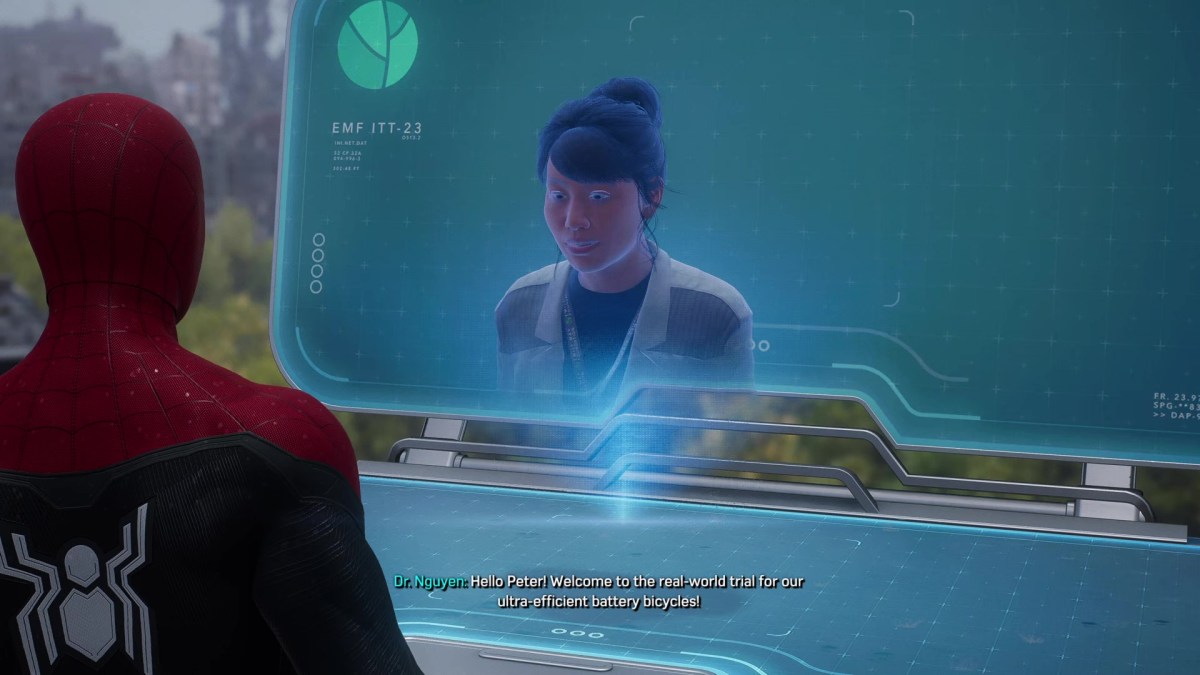
There’s been a lot of general confusion about superheroes for the last 40 years or so. Back in 1984, Alan Moore and Dave Gibbons’ Watchmen deconstructed the genre so thoroughly that I’d argue it’s never fully recovered. At the same time, all the major superhero characters had already become such established brands that sheer market momentum kept them going, year after year, even as the concept of the superhero was repeatedly dismantled, reconstructed, and built back up around them.
(I’d argue that this is both one of the strengths of the Marvel Cinematic Universe and the albatross around its neck. As much as it’s concerned with the superficial trappings of the superhero, the number of movies in the franchise that are actually superhero movies in the classic sense of the term can be counted on the fingers of one hand. Not coincidentally, most of them are also Spider-Man movies.)
Part of that deconstruction, at the moment, involves Americans’ changing relationship with, among other things, capitalism and law enforcement. The idea of a “crusading billionaire,” a Batman or Iron Man, seems crazy in 2023, and both those characters’ comics have moved away from that in recent years. Batman, for example, is currently working out of a midtown apartment with a fraction of his usual resources.
With Spider-Man 2, Insomniac’s taken a long look at the idea of the superhero as a servant of the society who’s independent of the police. Both rehabilitative justice and second chances are major themes of the game’s main and subplots, both in the characters’ personal lives and their costumed adventures. You aren’t simply slinging career criminals into the Vault; you’re often working to expedite or protect their attempts to leave their old lives behind. Even most of the random street crimes are distinctly being performed by agents of one of the game’s primary antagonists, such as Kraven’s bands of Hunters, rather than random homegrown thugs.
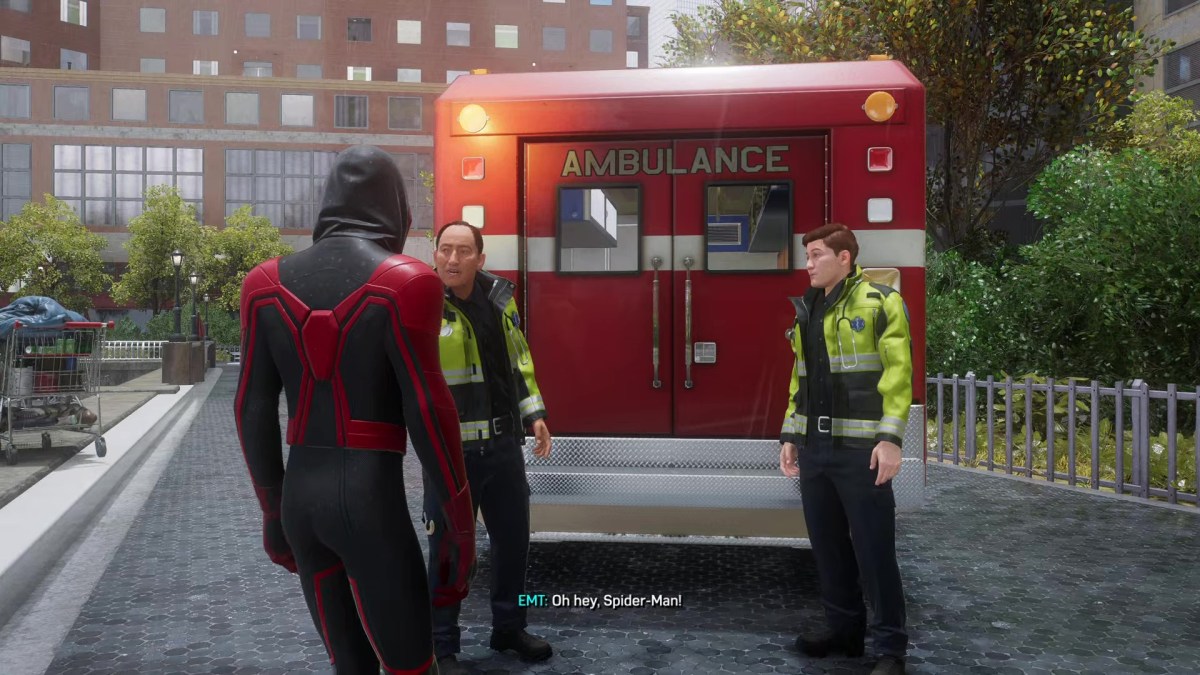
For the last couple of decades, Marvel’s comics (and DC’s) frequently bring up the issue of whether superheroes cause more problems than they solve, most infamously in the 2004 storyline (and 2016 film) Civil War. In Spider-Man 2, at least in its side missions, Insomniac sets the player up with problems that only a superhero is capable of solving, if only because they’ve made themselves available for the purpose. Anyone in New York with a working phone can get help from one of the Spider-Men, who’ll at least show up and do their best.
Whatever else you can say about it, Spider-Man 2 is one of the least cynical versions of the genre in decades. It’s a universe where problems can be solved, issues can be fixed, the world can be healed, and you can always get help as long as you’re willing to ask for it. This is the superhero as an agent of hope for the people around them, and while the game doesn’t consistently maintain a grip on that theme, it’s an excellent blueprint for other superhero media going forward.
